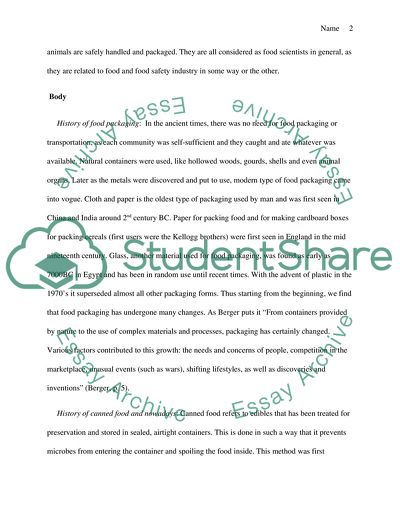Cite this document
(Multi-Disciplinary Nature of Food and the Scientific Principles that Coursework, n.d.)
Multi-Disciplinary Nature of Food and the Scientific Principles that Coursework. https://studentshare.org/social-science/1731940-multi-disciplinary-nature-of-food-and-the-scientific-principles-that-underpin-technology
Multi-Disciplinary Nature of Food and the Scientific Principles that Coursework. https://studentshare.org/social-science/1731940-multi-disciplinary-nature-of-food-and-the-scientific-principles-that-underpin-technology
(Multi-Disciplinary Nature of Food and the Scientific Principles That Coursework)
Multi-Disciplinary Nature of Food and the Scientific Principles That Coursework. https://studentshare.org/social-science/1731940-multi-disciplinary-nature-of-food-and-the-scientific-principles-that-underpin-technology.
Multi-Disciplinary Nature of Food and the Scientific Principles That Coursework. https://studentshare.org/social-science/1731940-multi-disciplinary-nature-of-food-and-the-scientific-principles-that-underpin-technology.
“Multi-Disciplinary Nature of Food and the Scientific Principles That Coursework”. https://studentshare.org/social-science/1731940-multi-disciplinary-nature-of-food-and-the-scientific-principles-that-underpin-technology.


